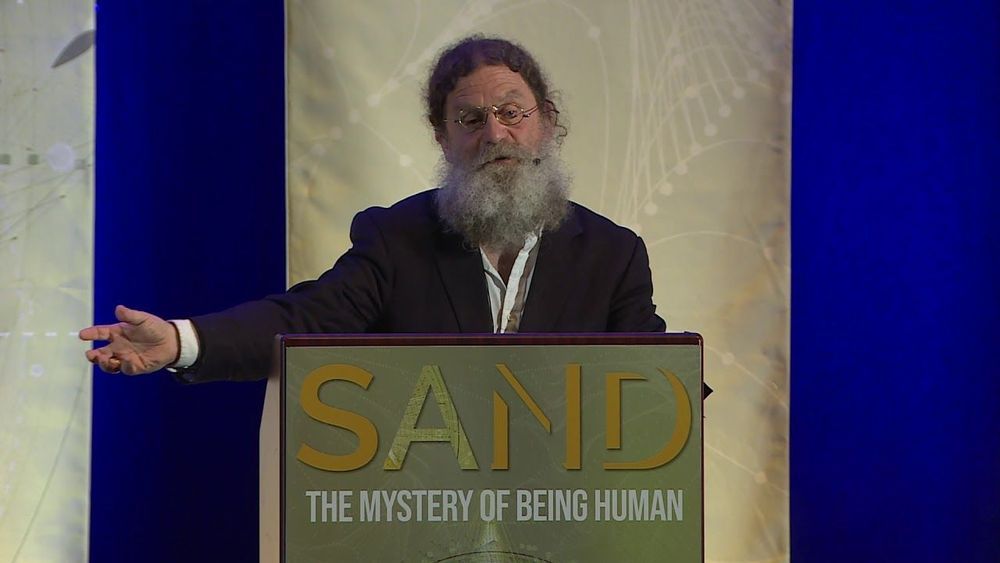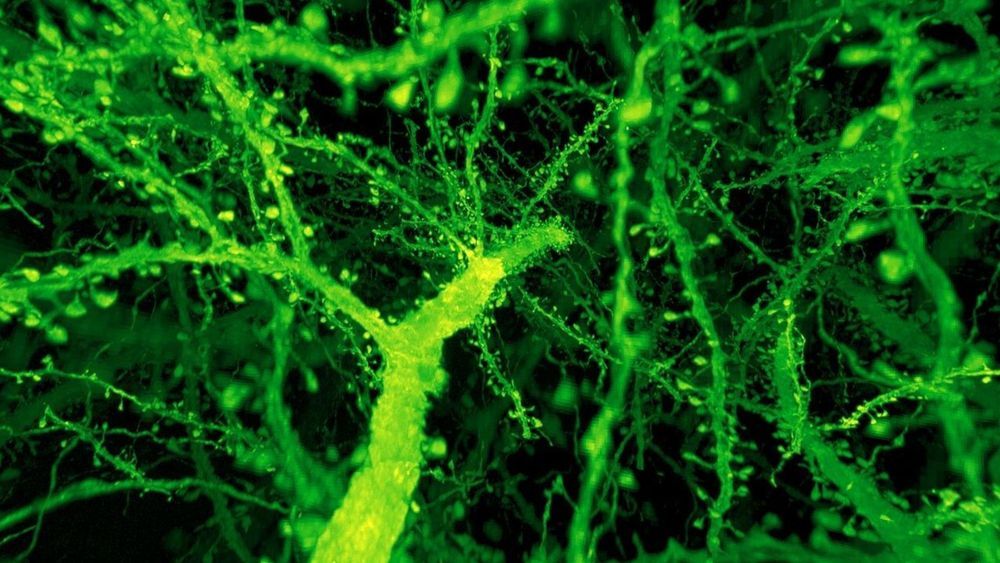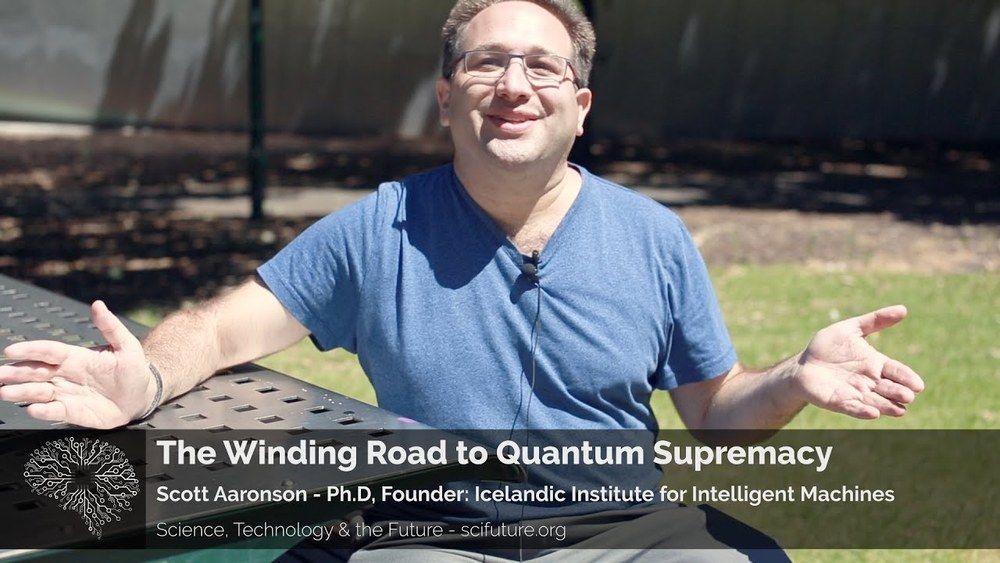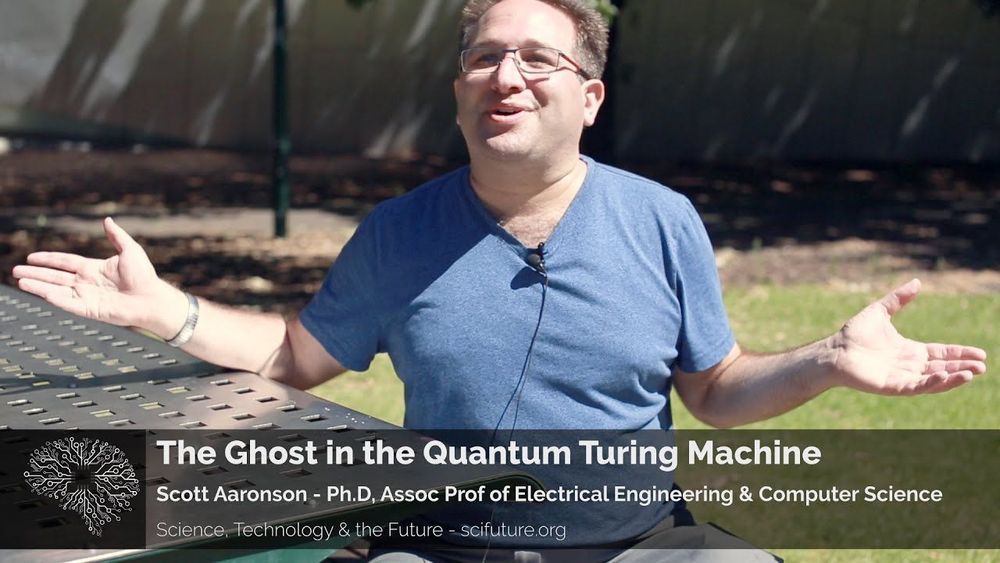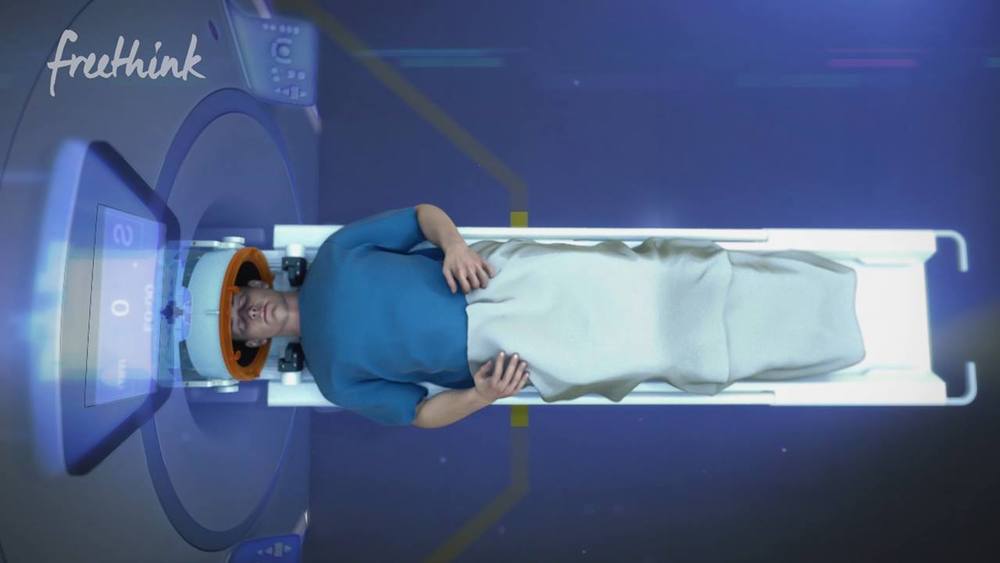Jan 19, 2019
Evolution calls on us to lose weight slowly over time
Posted by Nicholi Avery in categories: energy, evolution, food, health, neuroscience
| Local | http://idahostatejournal.com/ Cutting calories (dieting) and increasing caloric expenditure (exercise) cause your brain to activate neurons that will not allow you to utilize fat or lose weight.
Recently, and at a most appropriate time, another study published in the journal eLife has given explanation as to why your current New Year’s Resolution diet will not work.
Cutting calories (dieting) and increasing caloric expenditure (exercise) cause your brain to activate neurons that will not allow you to utilize fat or lose weight.
Continue reading “Evolution calls on us to lose weight slowly over time” »


